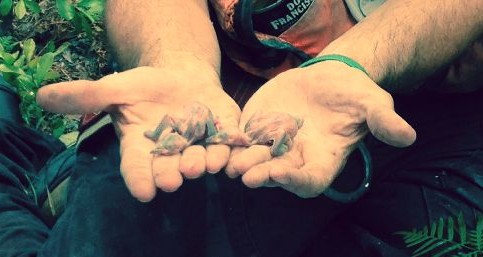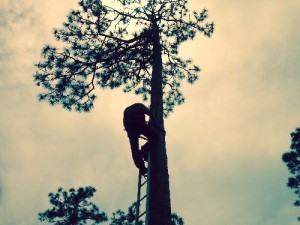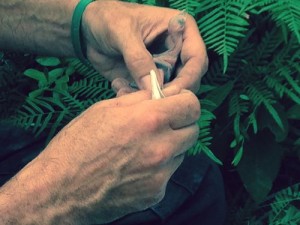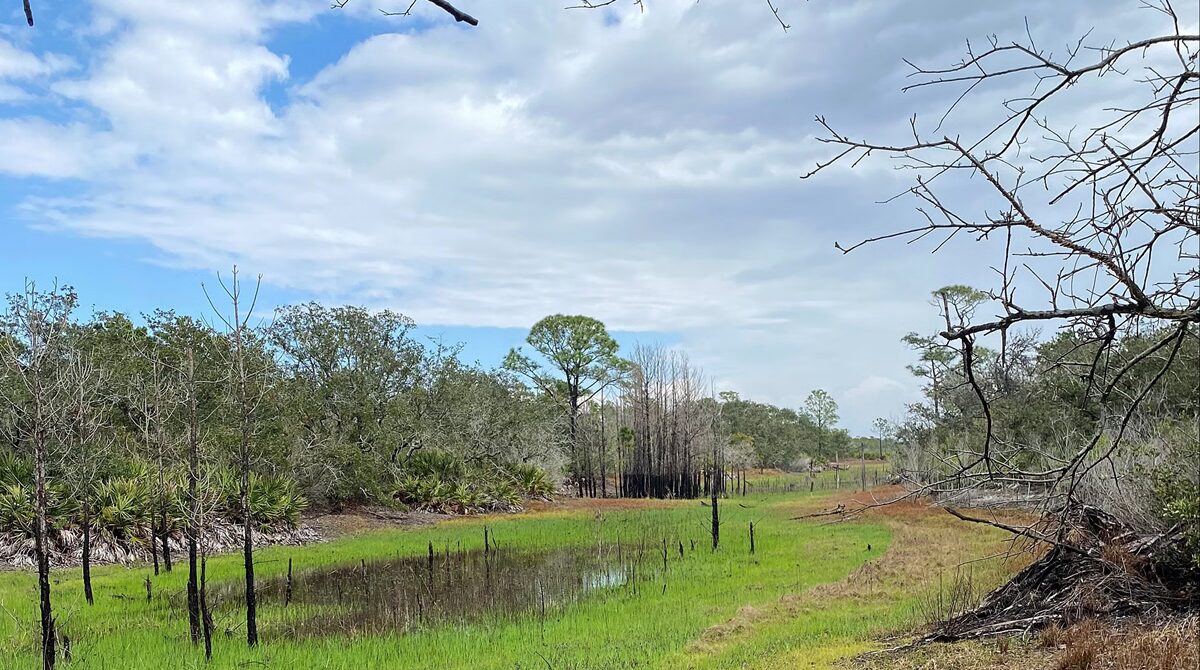Preserving the red-cockaded woodpecker in Alabama

Two red cockaded woodpecker nestlings, ready to be returned to the nest after banding.
Alabama Power and the U.S. Fish and Wildlife Service have been working closely for years to help protect the endangered red-cockaded woodpecker in Alabama. A small population of the woodpeckers live near Lake Mitchell, where the company maintains a longleaf pine habitat vital for the birds’ survival. Over the past two centuries, the Southeast’s historic longleaf habitat has retreated, due to timbering, agriculture and development.
This week, Eric Spadgenske with Fish and Wildlife visited Lake Mitchell to “band” three tiny woodpeckers. A unique combination of colored bands are placed on the nestlings when they are between six and nine days old so that they can be tracked over their lifetime.
Members of the Alabama media came along to capture the unusual event.

Eric Spadgenske with the U.S. Fish and Wildlife Service uses a special ladder to scale a longleaf pine to collect one of three rare, red-cockaded woodpecker nestlings.

Spadgenske prepares to place colored bands on a rare, red cockaded woodpecker. The nestling is between six and nine days old.

Spadgenske uses a special video camera, attached to a long pole, to peek into the cavity of a longleaf pine where the red cockaded woodpecker nestlings have just hatched.

Two red cockaded woodpecker nestlings, ready to be returned to the nest after banding.

A rare longleaf pine habitat near Lake Mitchell. Preserving open, longleaf pine woodlands are vital to the survival of the rare red cockaded woodpecker, and important for a host of other species.





